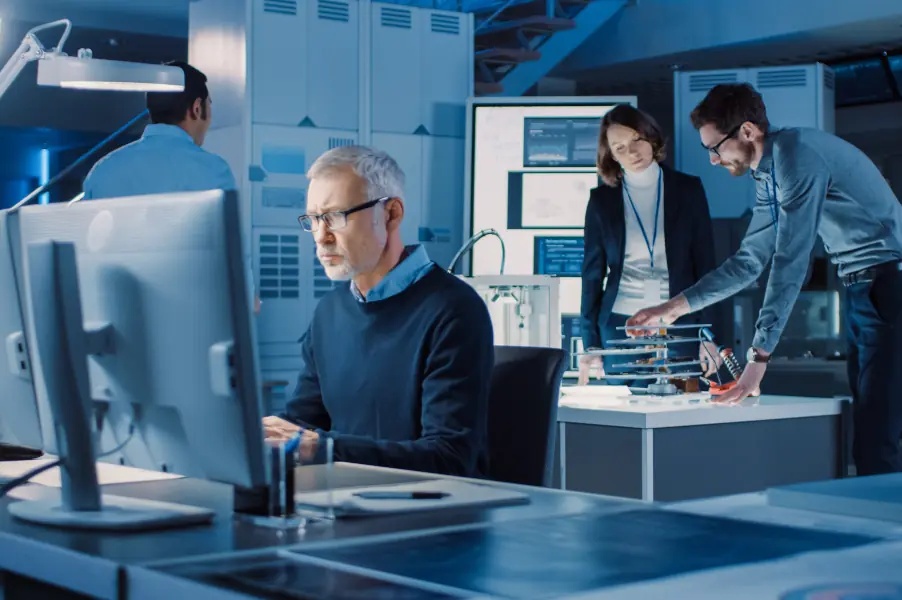The four torque characteristics associated with stepping motors
When choosing a stepper motor, it is important to understand four torque characteristics:
Pull-out torque is the maximum torque that can be delivered without losing steps. It reaches its maximum at the lowest frequency or speed, and decreases as frequency increases. If the load on the stepping motor during rotation increases beyond the pull-out torque, the motor will fall out of step and accurate operation will not be possible. Pull-out torque is typically the most emphasized of the four characteristics and is represented by the pull-out torque curve or slew rate showing torque vs speed (frequency).
Pull-in torque is the maximum torque at which a motor can start rotating at a given frequency. The stepper cannot start rotation with the load torque exceeding the pull-in torque. The pull-in torque also decreases as the frequency increases and is represented by the pull-in torque curve showing torque vs speed (frequency).
Holding torque is the amount of torque required to move a step motor out of position in an energized state. It becomes the “holding torque” at rest (0 pps) and equals the motor torque sensitivity (Kt) times the current applied to the motor windings. If you try to turn it forcibly while stopped, you experience a resistive force.
Detent torque is the torque present in the unenergized state due to the interaction of the permanent magnets and stator teeth. A noticeable disturbance or cogging can be felt by rotating the motor by hand.
Generally, a stepper motor will lose synchronization when the pull-out torque is exceeded due to overload. Motors are often selected and evaluated using pull-out torque values above the requirements for the application to prevent lost counts or motor stalls.
What are the effects of other torque characteristics?
When the pull-in torque is insufficient…
The motor must be gradually accelerated from a low frequency, and it is not possible to make a quick start/stop. The greater the inertia (mass) of the load, the harder it will be to start and stop.
When the holding torque is insufficient…
It will not be possible to hold the position while the power is on.
When the detent torque is insufficient…
The motor will spin freely.
For better motion control, it is important to select a motor that takes all torque characteristics into consideration, and to ensure a plan for those characteristics that may pose a weakness in the application. Nippon Pulse application engineers have extensive experience, and can help you select the best stepper motor for your application.

